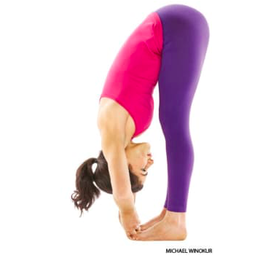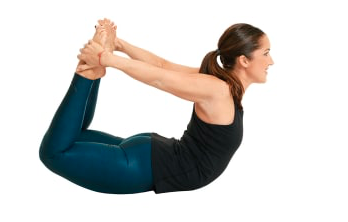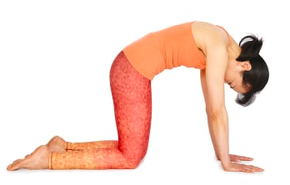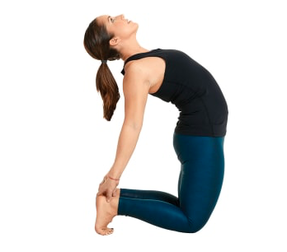Yoga Beyond Aesthetics: How Regularly Practicing Yoga Can Make You Less Anxious
 Yoga was first practiced over 5,000 years ago in Northern India. Over the years it spread and has become popular in the Western world for it’s physical benefits of strength and flexibility. A study conducted by Yoga Journal in 2009 showed more than 15 million U.S adults practiced yoga regularly, and that number has only increased throughout the years as yoga becomes a more mainstream form of exercise.
Yoga was first practiced over 5,000 years ago in Northern India. Over the years it spread and has become popular in the Western world for it’s physical benefits of strength and flexibility. A study conducted by Yoga Journal in 2009 showed more than 15 million U.S adults practiced yoga regularly, and that number has only increased throughout the years as yoga becomes a more mainstream form of exercise.
Although practicing yoga offers many great physical benefits, recent research is beginning to show there are many mental health benefits as well. Neuroscientist and professor at Harvard Medical School at Bringham and Women’s Hospital in Boston-Sat Bir Khalsa, PhD- has been practicing yoga for over 35 years as well as studying it’s benefits. In his 2004 comprehensive review of yoga’s use as a therapeutic intervention, he found that yoga ‘targets unmanaged stress’ which is a main component of disorders such as chronic anxiety, depression, obesity and insomnia (S.B.Khalsa., 2004).
So how exactly does yoga help with these chronic disorders and mood where other interventions might not? According to the Journal of Alternative and Complementary Medicine, practicing yoga increases the level of gamma-aminobutyric acid (GABA) which is a chemical in the brain that helps regulate nerve activity (C.C., Streeter., T.H., Whitfield., L. Owen., T. Rein., et al. 2010). This chemical has shown to be reduced in people who suffer from mood or anxiety disorders and drugs that increase GABA activity are often prescribed to people suffering from anxiety or depression (M.A. Liebert., 2010).
If you find yourself suffering from anxiety, depression or panic attacks try to utilize the following yoga poses and breathing techniques to help you feel calm and centered.
Big Toe Pose
Benefits include liver and kidney stimulation, improved digestion, helps relieve headache and insomnia, calms the brain and helps relieve stress and anxiety.
Go here for step-by-step instructions.

>Bow Pose
Benefits include improved posture, stimulation of organs and abdomen and neck, strengthens the back muscles and stretches the entire front of the body.
Go here for step-by-step instructions.

Benefits include stretching of the back torso and neck and a gentle massage on the spine, belly and organs.Go here for step-by-step instructions.

Benefits include improved posture, stretching of the entire front of the body, opening of abdomen, chest and throat.Go here for set-by-step instructions.
Check out this article for more yoga postures and breathing techniques to help with anxiety.
SOURCES:
Liebert, M. A (2010). Yoga’s ability to improve mood and lessen anxiety is linked to increased levels of a critical brain chemical, research finds. ScienceDaily.Retrieved from: www.sciencedaily.com/releases/2010/11/101111160539.html
Novotney, A. (2009, November). Yoga as a practice tool. Monitor on Psychology, 40(10). http://www.apa.org/monitor/2009/11/yoga
Streeter, C.C.. Whitfield, T.H., Owen, L., Rein, T.,Karri, S.K.,Yakhkind,A., Perlmutter, R.,Prescot, A.,Renshaw, P.F., Ciraulo, D.A.,Jensen, J.E., (2010) Effects of Yoga Versus Walking on Mood, Anxiety, and Brain GABA Levels: A Randomized Controlled MRS Study. The Journal of Alternative and Complementary Medicine, 16 (11): 1145 DOI: 10.1089/acm.2010.0007
